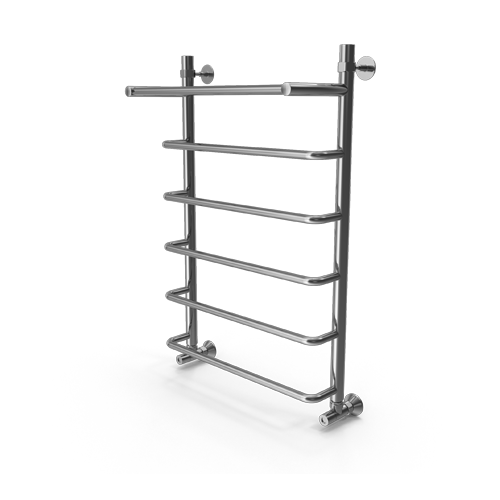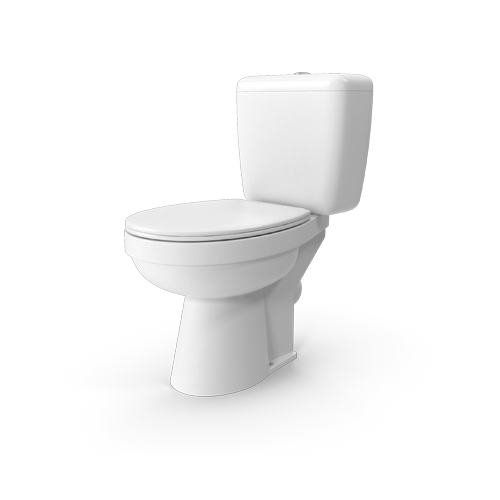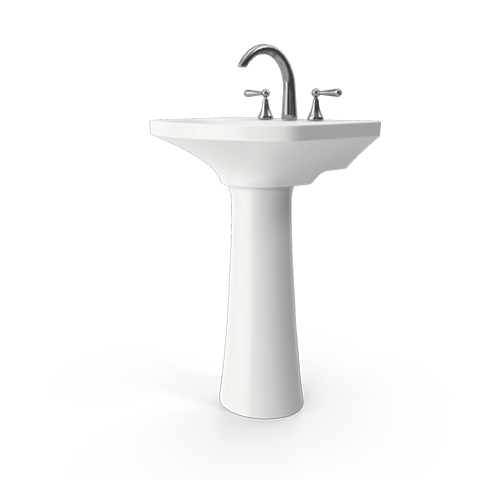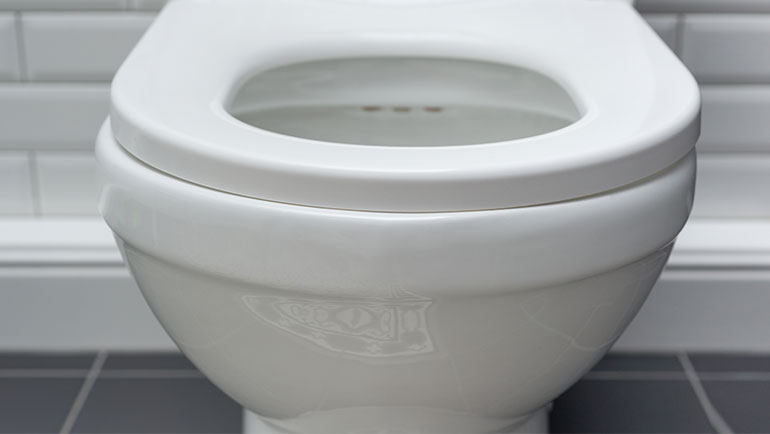How to measure a toilet seat
If you’re looking to replace your old toilet seat, it’s important to have accurate measurements to ensure a perfect fit. In this article, we will guide you through the process of measuring a toilet seat step by step. From understanding why accurate measurements are essential to selecting the right tools, we’ve got you covered.
Understanding the importance of accurate toilet seat measurements
Basic seat measurements are crucial when it comes to replacing your toilet seat. A properly fitted seat not only enhances the overall look of your bathroom but also contributes to your comfort. It is essential to know the dimensions of your toilet before purchasing a new seat. Incorrect measurements can lead to problems such as an ill-fitting seat or difficulty in installation.
The role of toilet seat measurements in bathroom design
When it comes to bathroom design, every inch matters. Accurate toilet seat measurements allow you to choose a seat that complements the overall style and aesthetics of your bathroom. The size of your toilet seat also determines the space available for other bathroom fixtures and accessories.
Imagine a beautifully designed bathroom with carefully chosen tiles, elegant fixtures, and a luxurious bathtub. Now, picture a toilet seat that is either too small or too large for the toilet bowl. It would be like a mismatched puzzle piece, disrupting the harmony of the entire bathroom. By considering accurate measurements, you can ensure that your toilet seat fits seamlessly into the overall design, creating a cohesive and visually pleasing space.
Moreover, accurate measurements play a significant role in determining the functionality of your bathroom. A toilet seat that is too large may obstruct the movement around the toilet, making it inconvenient to use. On the other hand, a seat that is too small may not provide enough support, compromising your comfort. By taking precise measurements, you can avoid these issues and create a bathroom that is both visually appealing and practical.
How incorrect measurements can lead to problems
Incorrect measurements can result in various issues. A seat that is too small or too large for your toilet can be uncomfortable to sit on. It may also affect the alignment and stability of the seat, leading to wobbling or even breakage. Therefore, taking precise measurements is vital to avoid such problems.
Imagine sitting on a toilet seat that is too small for your toilet bowl. Not only would it be uncomfortable, but it could also lead to an unstable seating position, making it difficult to maintain balance. This could be particularly problematic for individuals with mobility issues or the elderly, who rely on the stability of the toilet seat for support.
Conversely, a toilet seat that is too large for your toilet bowl may not fit properly, causing it to wobble or shift when in use. This not only creates an annoying and unsettling experience but also poses a safety risk. A loose toilet seat can lead to accidents and injuries, especially if it detaches unexpectedly while someone is using the toilet.
By ensuring accurate measurements, you can avoid these potential difficulties and enjoy a toilet seat that fits securely, providing comfort and stability. Taking the time to measure your toilet accurately before purchasing a new seat is a small but essential step towards creating a bathroom that meets both your aesthetic and functional needs.
Tools needed for measuring a toilet seat
Before you begin measuring your toilet seat, make sure you have the necessary tools at hand. The basic tools required are a tape measure and a notepad. These will help you record accurate measurements. For those seeking precision, there are advanced tools available specifically designed for toilet seat measurements.
The basics: tape measure and notepad
A simple tape measure can provide accurate measurements of your toilet seat. Make sure it is long enough to cover the width and length of the seat. Additionally, keeping a notepad handy will allow you to jot down the dimensions as you measure them.
Advanced tools for precision
For those who desire the utmost precision, advanced tools such as digital measuring devices or toilet seat templates are available. These tools provide accurate measurements and can be particularly useful if you have a uniquely shaped toilet.
Step-by-step guide to measuring a toilet seat
Preparing your toilet for measurement
Before you measure your toilet seat, it’s important to clean the surface thoroughly. Remove any dirt or debris that may affect the accuracy of your measurements. Ensure that the seat is securely attached to the toilet to avoid any movement during the measuring process.
Measuring the width of the toilet seat
To measure the width of your toilet seat, place the end of your tape measure at one side of the seat. Extend it across the middle to the opposite side, ensuring it is flat and straight. Note down the measurement in centimetres or inches, depending on your preference.
Measuring the length of the toilet seat
Next, measure the length of the seat by placing the end of the tape measure on the back edge of the seat. Extend it to the front edge, making sure it follows the contour of the seat. Record the measurement, referring to your preferred unit of measurement.
Interpreting your toilet seat measurements
Understanding standard toilet seat sizes
Once you have measured your toilet seat, it’s essential to understand standard toilet seat sizes. Standard seats typically come in two sizes: round and elongated. Knowing which size category your measurements fall into will make it easier to find a suitable replacement seat.
What to do if your measurements don’t match standard sizes
If your measurements don’t align with standard sizes, don’t worry. There are manufacturers who offer custom-sized toilet seats to accommodate non-standard measurements. Additionally, consider consulting a specialist or a retailer who can advise you on the best options available.
Tips for purchasing the perfect toilet seat
Considering the shape and style of your toilet
When purchasing a new toilet seat, it’s important to consider the shape and style of your toilet. Round toilets typically have a more compact shape, making them suitable for smaller bathrooms. Elongated toilets, on the other hand, offer more comfort due to their larger seating area. Ensure that the style and shape of your new seat complement your toilet for a cohesive look.
Material considerations for your new toilet seat
Toilet seats are available in various materials, including plastic, wood, and composite materials. Each material has its own unique characteristics and benefits. Plastic is lightweight and easy to clean, while wood offers a classic and warm look. Composite materials provide durability and resistance to wear and tear. Consider your personal preferences and the overall style of your bathroom when selecting the material for your new toilet seat.
By following these steps and taking accurate measurements, you can ensure that your new toilet seat fits perfectly, enhancing both the aesthetics and comfort of your bathroom. Take the time to select the right tools and consider the various factors discussed to making an informed decision. With the correct measurements in hand, you’ll find the perfect toilet seat that meets both your practical and aesthetic requirements.



